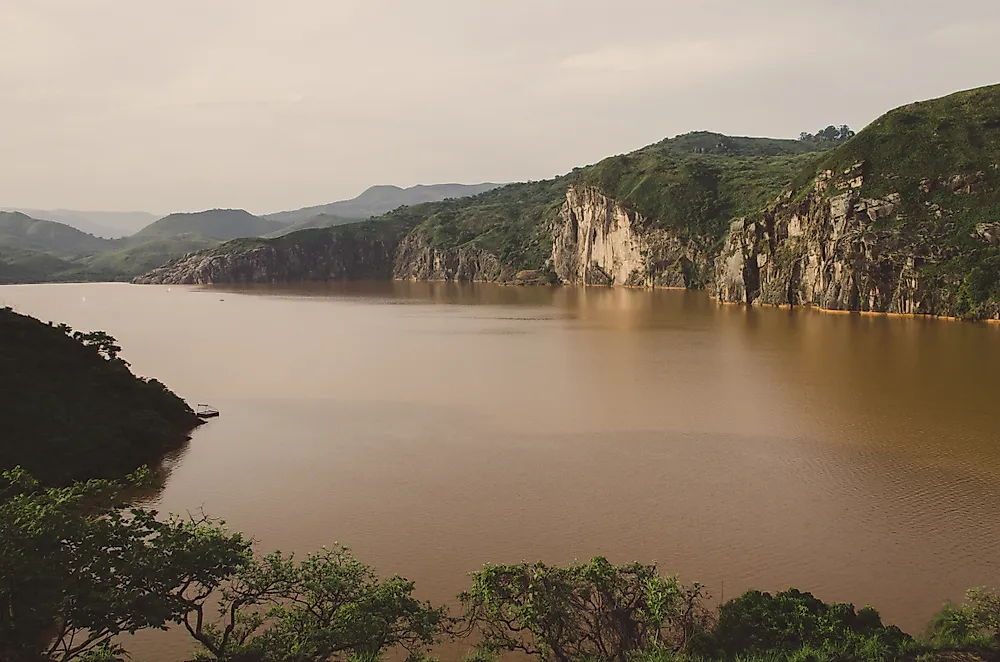The Deadliest Limnic Eruptions In Recent Times

A limnic eruption is a type of hydrological natural disaster where carbon dioxide from the deep waters of a lake suddenly erupts leading to the formation of a toxic gas cloud that suffocates all life. Such disasters might also be accompanied by tsunamis. Limnic eruptions are very rare events and only two such events have been recorded in recent history.
Lake Monoun Disaster
Lake Monoun is a lake located in a volcanic field in the West Province of Cameroon. On August 15, 1984, an extremely rare disaster happened in the lake that claimed the lives of 37 people. At 22:30 on that date, the people living around the lake heard the sound of a massive explosion. Soon after the explosion, a dense cloud of gas emanated from a crater that opened up in the lake. Deaths of the people in the nearby villages were reported between 03:00 and dawn on August 16. Those who survived the disaster reported seeing a cloud that had an acidic and bitter smell. The vegetation around the lake was flattened indicating that a tsunami had occurred during the disaster.
Among the victims were people riding in a truck. 12 people were in the truck when its engines failed. Some got out to find an alternative way and were killed. However, two people who were sitting on the top of the truck managed to escape the lethal cloud unharmed. Since carbon dioxide is heavier than nitrogen and oxygen, it settled close to the ground surface, killing those on the ground.
Lake Nyos Disaster
Nearly two years later, Lake Nyos, another lake in Cameroon, was also the scene of a limnic eruption, this time a deadlier one than that which occurred in Lake Monoun. The unfortunate event happened on August 21, 1986. About 1 to 3 million tons of carbon dioxide was released into the air. Initially, the explosion caused the gas cloud to soar up at high speeds. Soon, it descended towards the ground to suffocate all life forms there. The cloud spread across an area of 25 km from the shores of the lake. As the oxygen-rich air was displaced by the toxic gas cloud, people were unable to breathe. Livestock in the area also lost their lives in thousands. Several speculations have been made to determine the trigger for the explosion. Some studies suggest a volcanic eruption on a small scale occurred at the base of the lake. Others claimed that a landslide displaced the waters of the lake and resulted in the release of gas from the lake. Following the limnic eruption, the waters of Lake Nyos turned deep red due to the iron-rich water from the depths of the lake reaching the surface of the lake. The water level of the lake had also reduced by nearly a meter and trees around the lake had been flattened. From such evidence, scientists claimed that a massive wave had hit the shores of the Lake Nyos after the explosion that had destroyed all vegetation in the area. 1,746 people lost their lives in the disaster. 3,500 livestock also died during this event. The disaster was thus the worst first known large-scale asphyxiation caused by a natural event.











